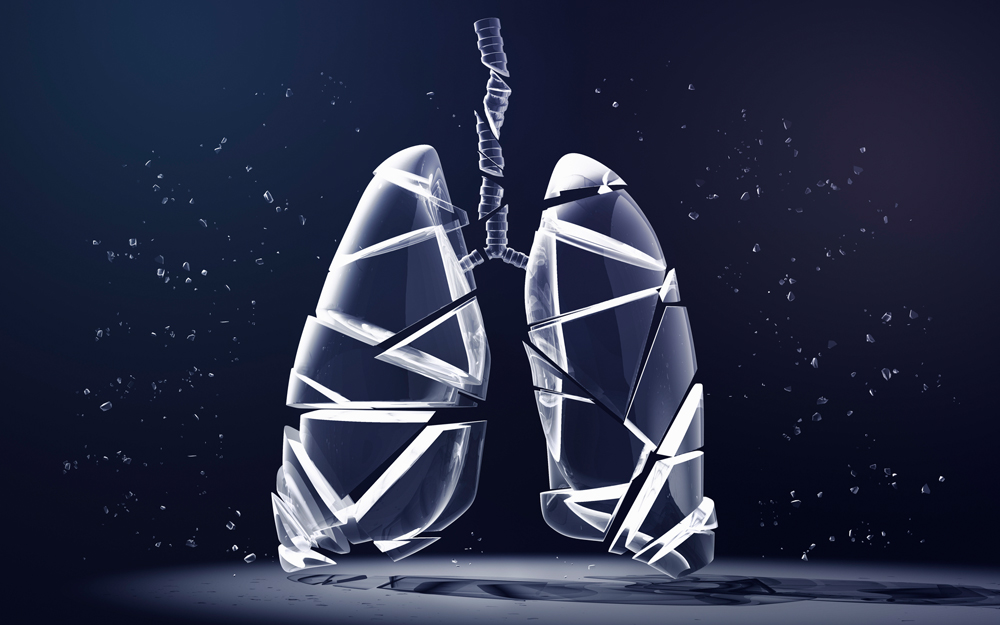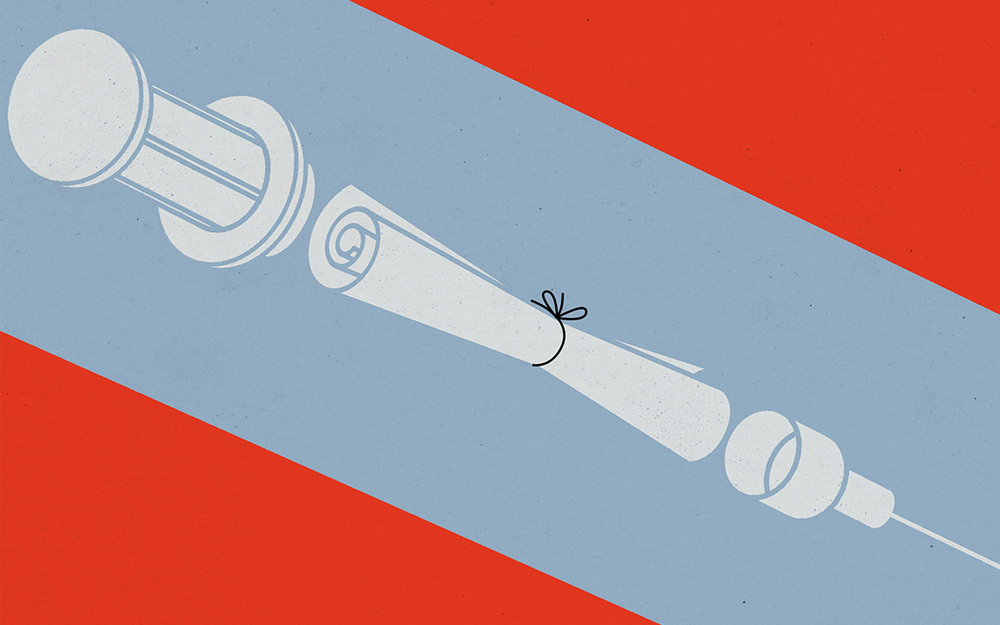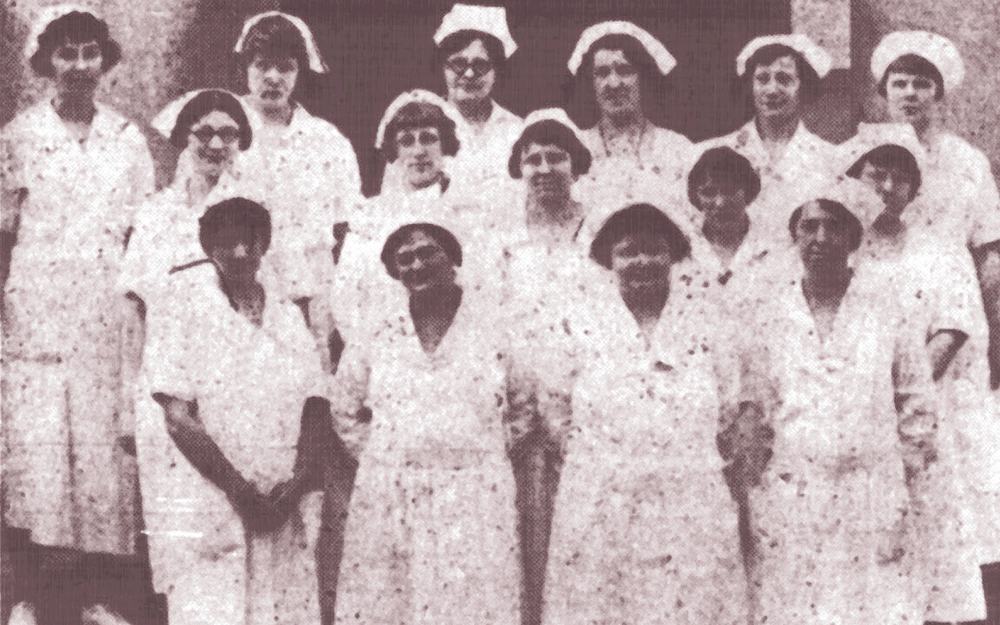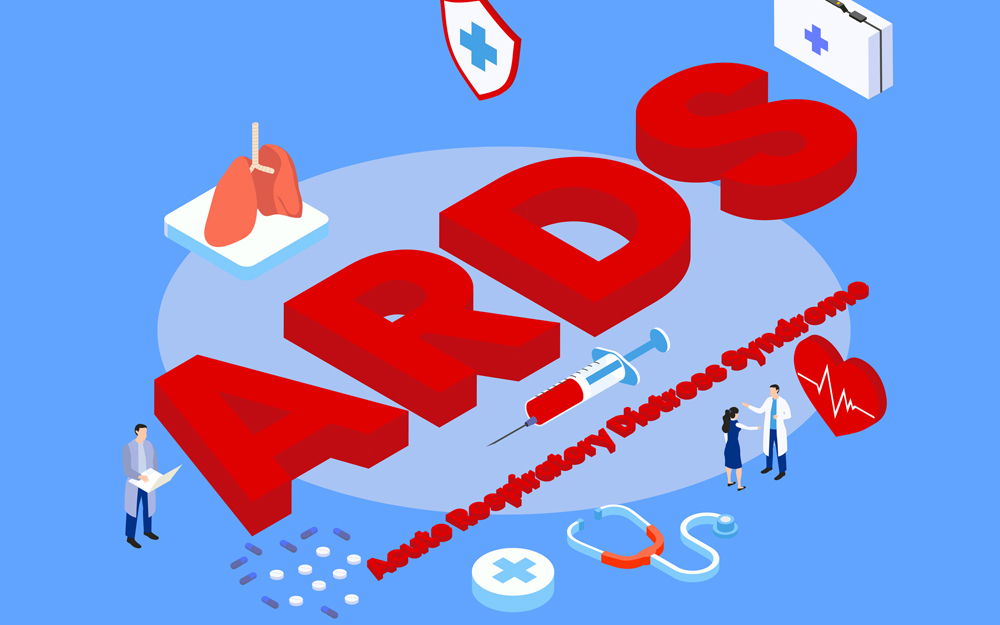Respiratory Revelations
Date
November 1, 2021
Credits

Date
November 1, 2021
Credits
Medical providers featured in this article
In Brief
{{cta-block}}
During the COVID-19 pandemic, unprecedented numbers of people required serious interventions to assist with their breathing.
"We never had this many people this sick and receiving this much oxygen," says Oren Friedman, MD, director of the ICU at Cedars-Sinai Marina Del Rey Hospital. "What we've learned has a chance of tipping the way we think about respiratory failure."
Friedman is a member of a team of doctors, surgeons, respiratory therapists, ICU nurses and others who have been regularly caring for the sickest COVID-19 patients, including those on extracorporeal membrane oxygenation (ECMO). An ECMO machine pumps blood from a patient's body and routes it to an oxygenator that acts as an artificial lung, adding oxygen to the blood and removing carbon dioxide. The blood is then returned to the body.
Usually a tool to help patients for hours or days, COVID-19 patients frequently needed the machine for weeks or months.
Patients are often given supplementary oxygen or put on a ventilator before being placed on ECMO. Data collected by Friedman and colleagues, including Michael Nurok, MD, PhD, medical director of the Cardiac Surgery Intensive Care Unit, found that maintaining patients on breathing machines and supplemental oxygen for long periods of time can cause additional lung damage. This finding confirms physicians' longstanding belief that patients could benefit greatly if they are switched to ECMO earlier in their course of treatment.
"We analyzed at our data and found that, for every additional 12 hours someone spent on a breathing machine, their risk of mortality increased," Friedman says. "This has broad implications for treating respiratory failure going forward."
Caring for larger numbers of patients on ECMO and with respiratory distress resulted in multiple new protocols for the ICU and better ways of helping these patients.
- Get moving: Historically, patients have largely been unconscious while on ECMO. Not so during COVID-19. Because they were awake and on ECMO for long periods of time, getting them moving was important to their treatment. Some patients took short walks, others shifted to sitting in a chair. "If you're only on ECMO five days, it's not a big deal. But if you're in bed for 105 days, that's a huge hit to your body," says Dominic Emerson, MD, surgical co-director of the Cardiac Surgery ICU. "We started rehabilitation therapies to keep their muscles and spirits in the best place we could."
- Prone improvement: Laying face down, or prone, helped patients in respiratory distress and may even have allowed some to improve to the point they did not need ECMO, Friedman says. The prone position improves the distribution and volume of air in the lungs and can help the alveoli, the delicate structures in the lungs that manage the exchange of oxygen and carbon dioxide in the blood. It may require a team of four to assist the patient into the position—and the ICU team quickly developed an efficient procedure for achieving this.





